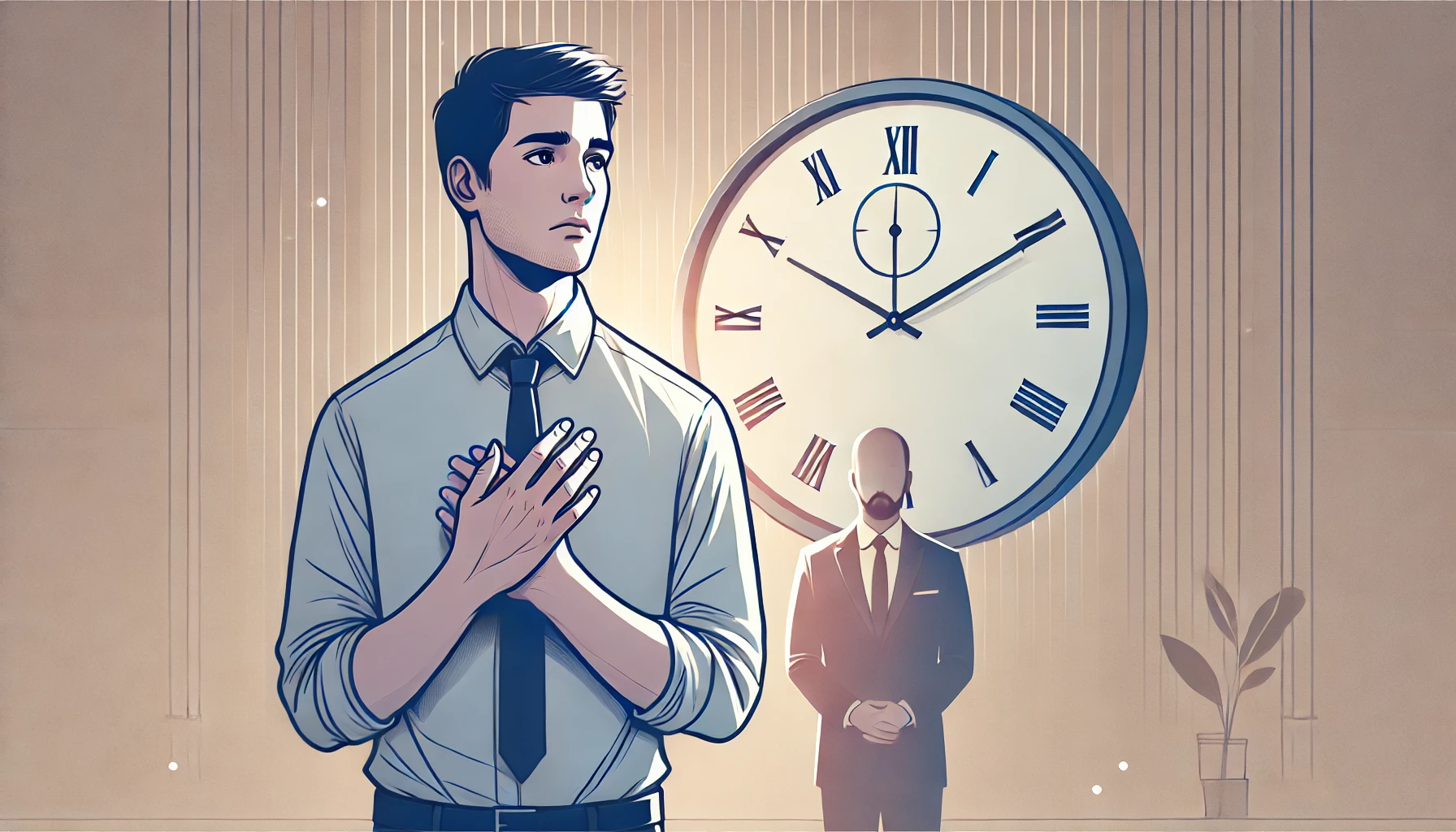Apologizing is a delicate skill. When done right, it can rebuild trust, mend relationships, and salvage reputations. But when handled poorly, an apology can come off as insincere, defensive, or even counterproductive. Timing plays a crucial role in ensuring your apology has maximum impact. The challenge lies in delivering your apology promptly while still ensuring it’s thoughtful and heartfelt. A well-timed apology can make all the difference, whether you’re apologizing personally or on behalf of a business.
In this guide, we’ll dive into the nuances of timing, explore strategies for crafting sincere and empathetic apologies, and show how to make your apology stand out as both meaningful and well-timed.
Why Timing Matters in Apologies
Understanding the importance of timing is the first step in mastering the art of apology. If you wait too long to apologize, the other person may feel hurt or ignored. On the other hand, rushing an apology without proper reflection can make it seem insincere.
The goal is to find the right balance: act quickly enough to show you care, but not so quickly that your apology feels shallow. A timely apology demonstrates that you respect the other person’s feelings, while a poorly timed one can deepen the wound.
The Consequences of Delayed Apologies
Waiting too long to apologize can cause further damage. The longer you delay, the more likely emotions will escalate, leading the other person to feel devalued or overlooked. This can result in resentment, straining your relationship or damaging your reputation—especially if you’re a public figure or a business.
A delayed apology also risks misunderstanding. The other party may make assumptions about your intent or level of care. Worse, they might see a late apology as opportunistic, especially if it coincides with external pressures like public scrutiny.
The Dangers of Rushing Apologies
While you don’t want to wait too long, rushing an apology can backfire. Apologizing too quickly may suggest you haven’t fully processed what you did wrong, making your apology feel perfunctory. It can come across as if you’re trying to “get it over with” rather than taking the time to understand the harm caused.
To avoid this, take the necessary time to reflect on your actions, understand the full impact on the other person, and craft an apology that conveys genuine regret. A rushed apology can erode trust rather than repair it.
Key Elements of a Well-Timed Apology
Timing is just one piece of the puzzle. For your apology to be truly effective, it should include these key elements:
- Acknowledge the Wrongdoing: Clearly admit to your mistake. This shows you’re taking responsibility and not avoiding accountability.
- Express Genuine Regret: Apologizing without showing genuine remorse can make your apology feel hollow. Make sure to convey that you understand how your actions have affected the other person.
- Offer a Plan for Improvement: An apology without a commitment to change is incomplete. Describe the steps you’ll take to avoid repeating the same mistake.
By incorporating these elements, you ensure that your apology feels sincere and shows that you’ve given the situation careful thought.
Finding the Right Time to Apologize
How do you know when it’s the right time to apologize? It can be tricky to strike the balance between acting too soon or too late. Here are some signs to help you judge when the moment is right:
Signs It’s Too Soon to Apologize
- You Haven’t Fully Reflected: If you haven’t taken the time to understand the impact of your actions, it’s probably too soon to apologize.
- Emotions Are Still Running High: If the other person is still visibly upset, they may not be ready to hear your apology. Waiting until emotions have cooled allows for a more productive conversation.
Signs It’s Too Late to Apologize
- The Situation Has Escalated: If too much time has passed, your apology may be seen as reactive rather than proactive, especially if it seems tied to external pressures like public attention.
- The Other Person Feels Ignored: When someone feels devalued by your silence, even a well-crafted apology might not fully repair the relationship. In these cases, your apology will need to acknowledge the delay itself as part of the harm.
Crafting the Perfect Apology: Striking the Right Balance
To deliver an apology that hits the mark, it’s essential to balance reflection with timeliness. Here’s how to ensure your apology is both well-timed and effective:
- Acknowledge the Harm Caused: Address the specific wrongdoing and its impact. People want to feel seen and understood.
- Apologize Without Delay—But Don’t Rush: After taking the necessary time to reflect, don’t wait for the other person to demand an apology. Taking the initiative shows maturity and responsibility.
- Express Sincere Remorse: Make sure your tone reflects genuine regret. Apologies that feel mechanical or half-hearted will only make things worse.
- Make Amends Where Possible: If there’s an opportunity to fix the problem or make restitution, offer to do so. This shows a commitment to righting the wrong.
- Provide a Clear Plan for Future Behavior: Demonstrating that you’ve learned from the situation and won’t repeat the mistake is critical for regaining trust.
How Businesses Can Use Timely Apologies to Strengthen Their Brand
For businesses, the stakes of a timely apology are high. When a company makes a mistake, the public expects swift and sincere action. A prompt apology, paired with clear communication about how the issue will be resolved, can turn an unhappy customer into a loyal advocate.
Example of a Well-Timed Business Apology
Imagine a company discovers a flaw in one of its products, leading to a major recall. Rather than waiting for customer complaints to snowball or negative press to break the story, the company immediately issues a public apology. They acknowledge the mistake, explain that they’re working on a solution, and continue providing updates as the situation develops. By addressing the issue quickly and transparently, the company maintains control of the narrative and builds trust with its customers.
Common Questions About Apology Timing
- When is the best time to apologize?
The best time to apologize is once you’ve reflected on the situation but before emotions have festered for too long. - What happens if I wait too long to apologize?
Delaying an apology can make the other party feel ignored or devalued, leading to increased frustration. - How can I apologize quickly without sounding insincere?
Even if you apologize swiftly, make sure to acknowledge the harm caused and express genuine regret. Avoid being defensive. - How do I know when the other person is ready to hear my apology?
Wait until emotions have cooled and both parties have had time to process the situation. - What should I include in a business apology to customers?
A business apology should acknowledge the mistake, express regret, outline steps for resolution, and provide a plan for future prevention.
Conclusion: The Power of a Timely Apology
In both personal and professional contexts, mastering the timing of your apology can make a world of difference. A delayed apology risks deepening wounds, while a rushed apology can seem insincere. By finding the sweet spot between reflection and action, you can turn a mistake into an opportunity to rebuild trust and even strengthen your relationship.
The next time you need to apologize, take the time to consider your words carefully—but don’t wait too long. With a thoughtful, timely apology, you can show maturity, accountability, and genuine concern for the other party’s feelings. Done right, your apology may not just repair the damage—it might lead to an even stronger bond than before.


